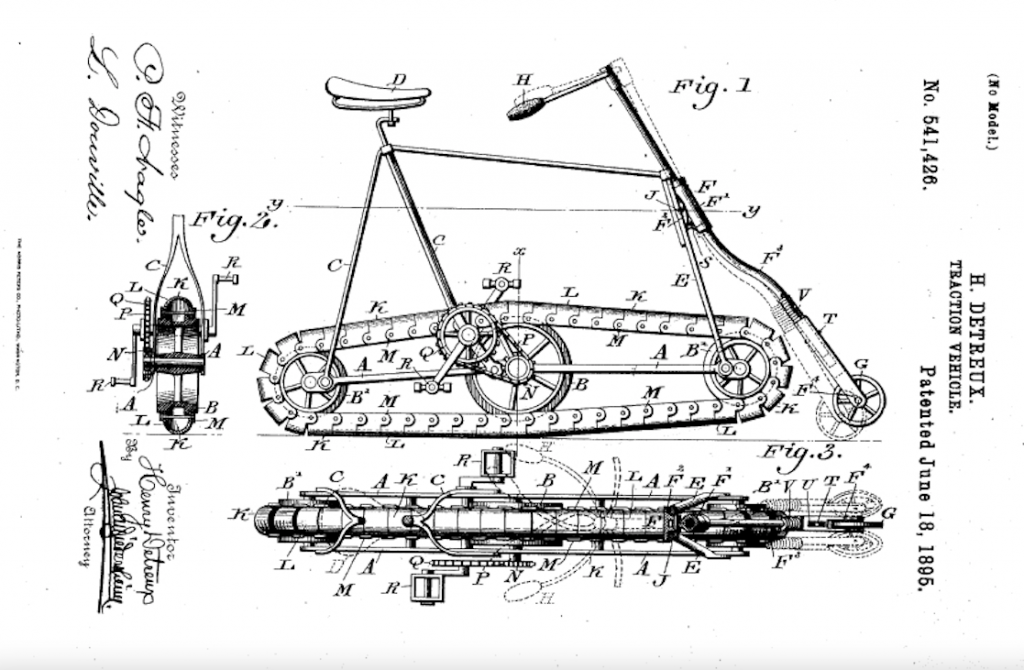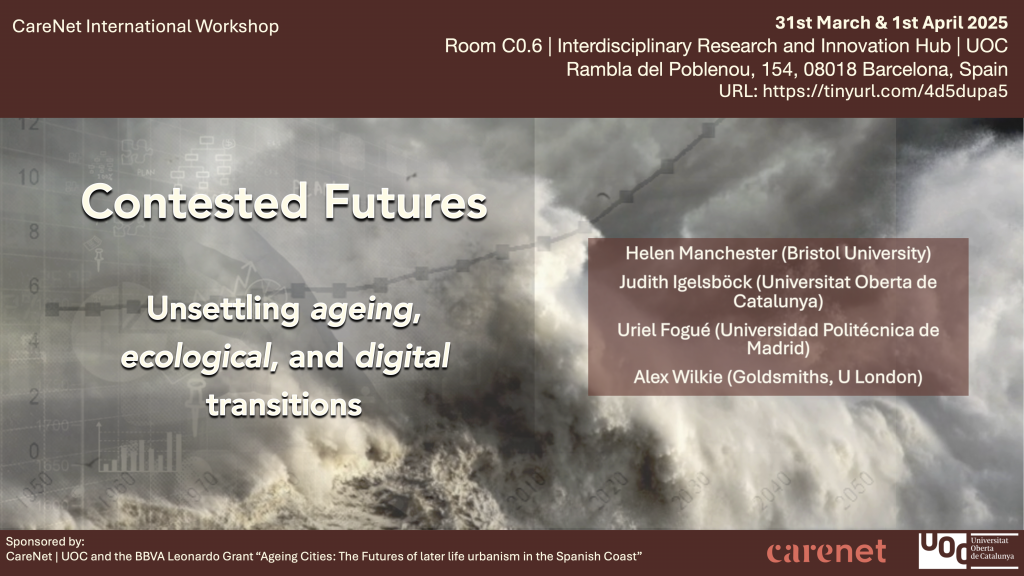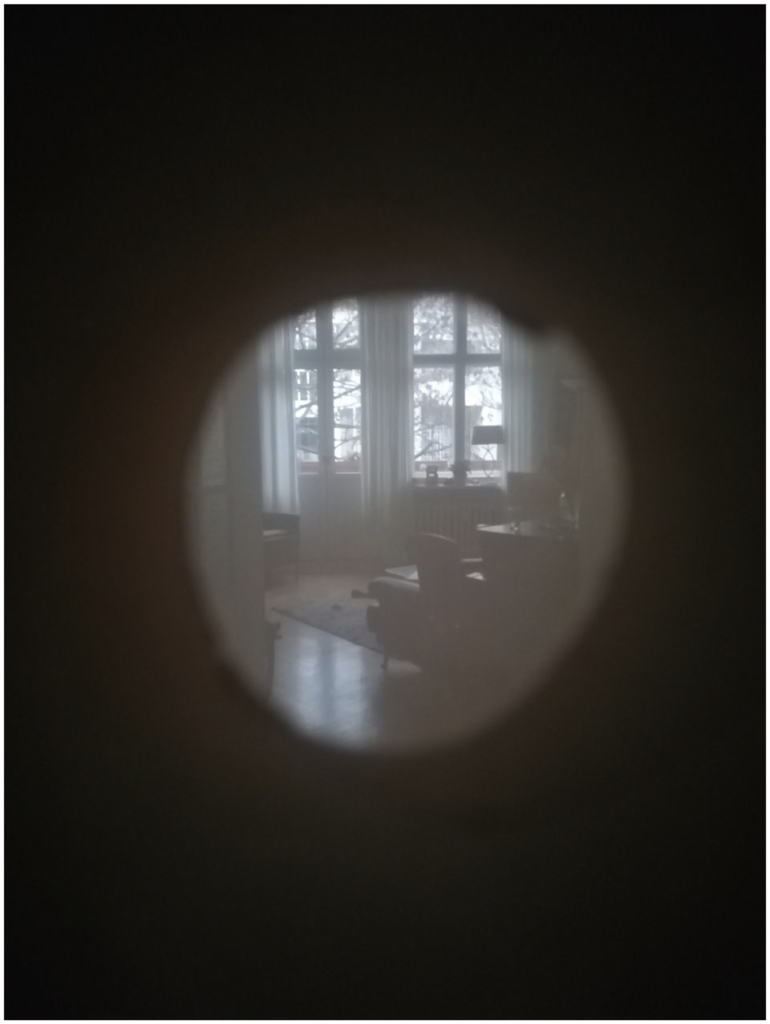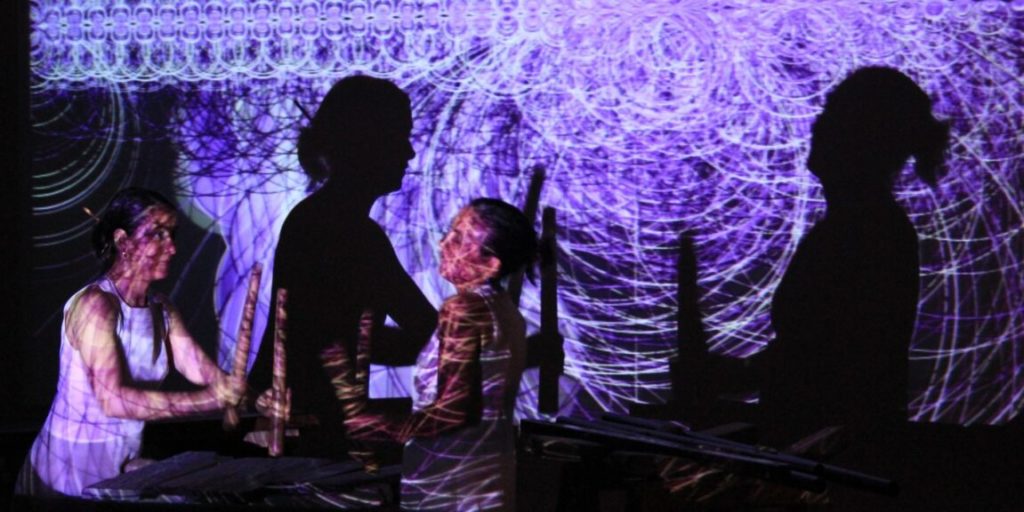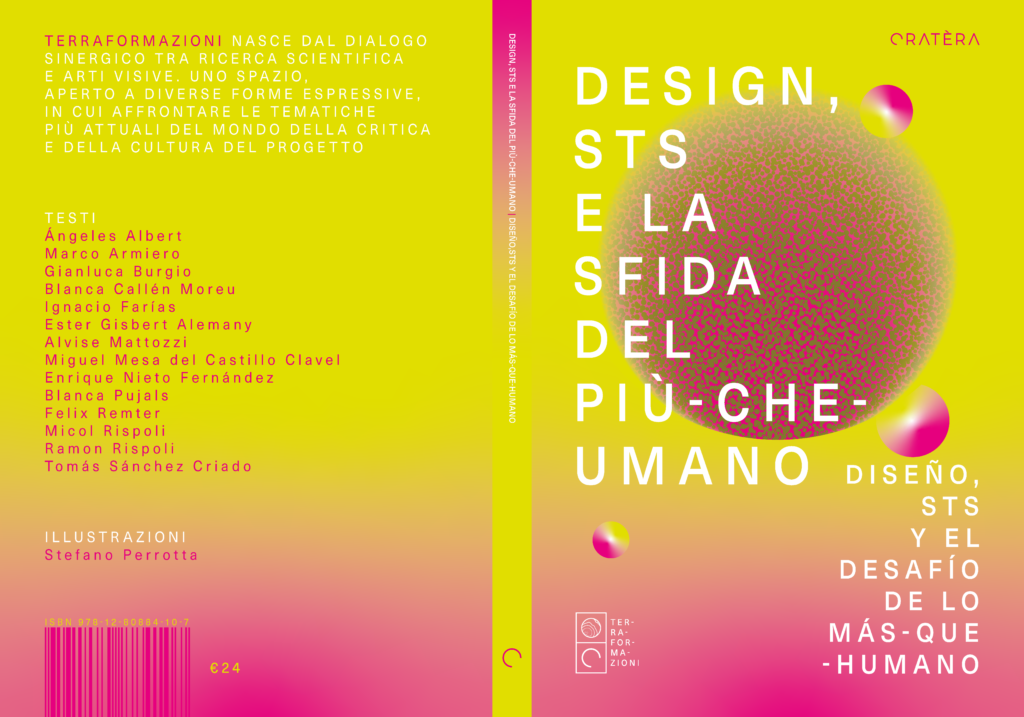Gracias a la amable sugerencia de la Prof. Dra. Vivette García Deister he sido convidado como profesor invitado de la UNAM en agosto de 2025, a través del apoyo PAEP 2025.
No sólo tendré el gran placer de viajar a Ciudad de México para conocer a un grupo fascinante de doctorandes, trabajando sobre muy diferentes proyectos etnográficos en el ámbito de los STS y el cuerpo, la salud y las ciencias biológicas, sino que esta será una gran oportunidad de poder compartir y poner en discusión mis investigaciones en curso en el Laboratorio de Estudios de la Ciencia y la Tecnología que la Dra. García Deister coordina como parte del Posgrado en Filosofía de la Ciencia.
¡Una gran ocasión para tramar alianzas sobre inventiva etnográfica y los STS en lengua castellana!
Para quien pudiera interesar, adjunto los detalles.
PROGRAMA
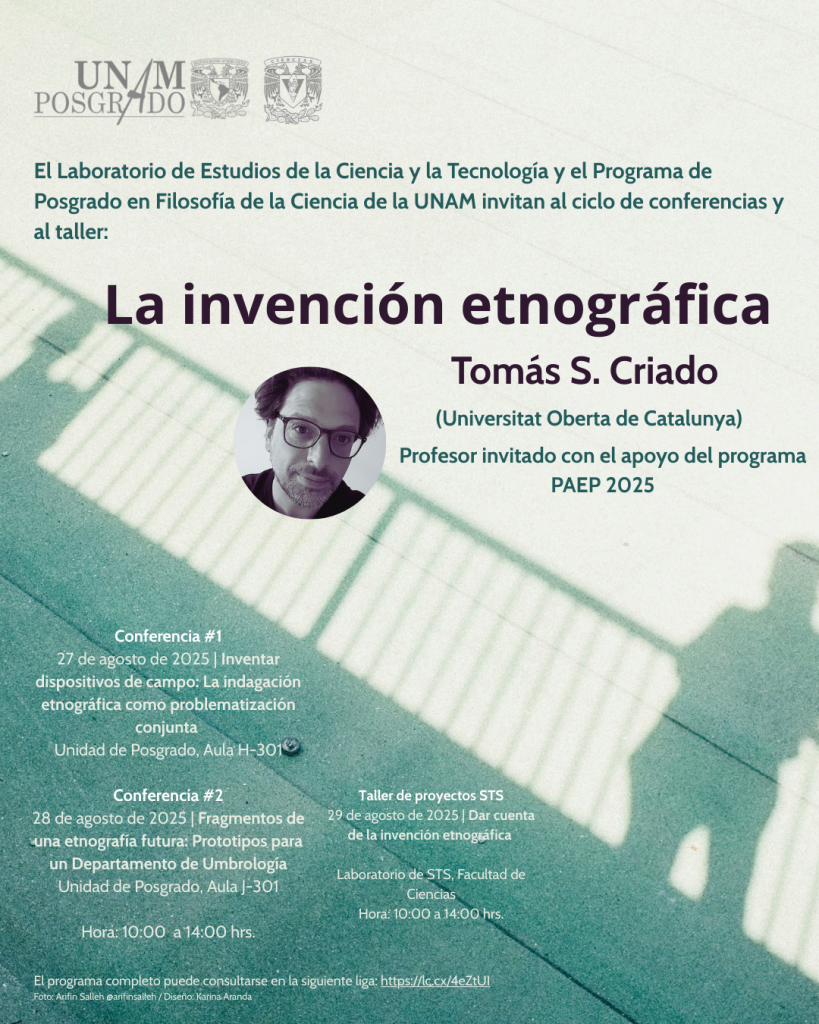
A través del apoyo PAEP 2025, el Laboratorio de Estudios de la Ciencia y la Tecnología de la Facultad de Ciencias y el Programa de Posgrado en Filosofía de la Ciencia de la UNAM convocan al ciclo de conferencias y al taller: La invención etnográfica, que impartirá el Dr. Tomás Criado, en el marco del Seminario de Posgrado Aproximaciones teórico-metodológicas a los STS, a cargo de la Dra. Vivette García Deister y el Dr. Alexis Bedolla Velázquez.
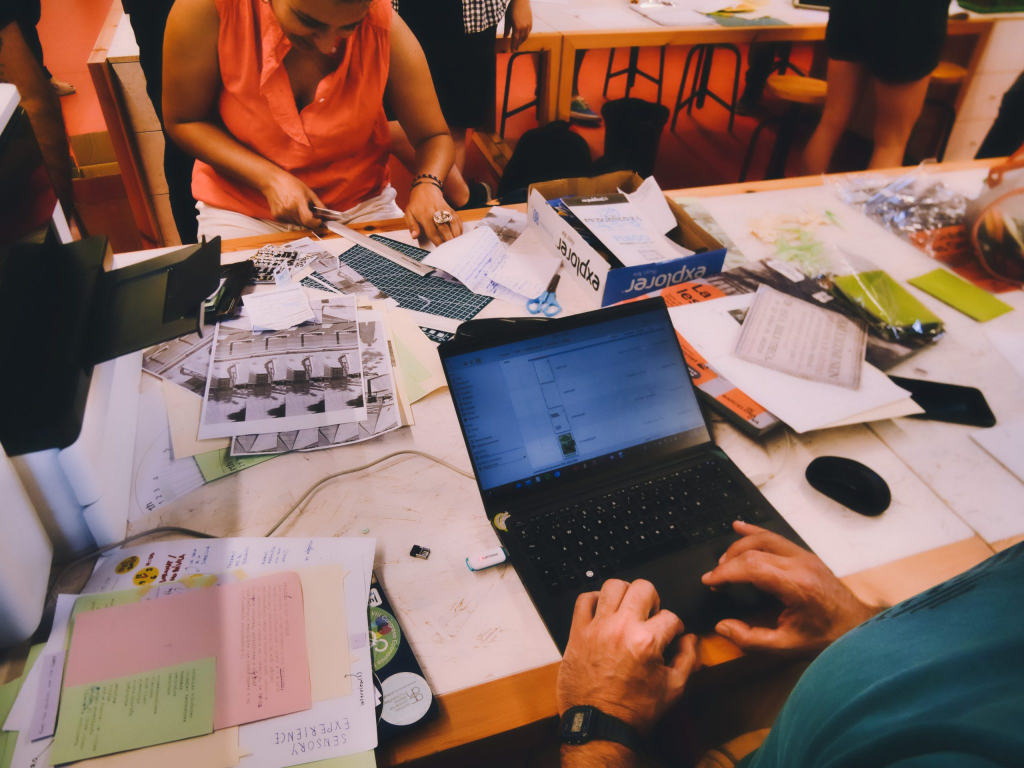
Conferencia #1
27 de agosto de 2025 | Inventar dispositivos de campo: La indagación etnográfica como problematización conjunta
Hora y Lugar
10:00-14:00, Unidad de Posgrado UNAM, Aula H-301
Concepto
En esta conferencia me gustaría poder repasar el programa sobre la etnografía que une mis más recientes compilaciones (Experimental Collaborations y An Ethnographic Inventory): un trabajo co-desarrollado con mi colega Adolfo Estalella que pone de evidencia la centralidad conceptual y descriptiva de pensar la etnografía desde sus “dispositivos de campo”, esto es, desde las disposiciones afectivas, así como los arreglos sociales y materiales que hacen la etnografía posible. Un trabajo descriptivo y conceptual que nos muestra la etnografía como un trabajo relacional que convierte a los Otros en acompañantes epistémicos de una problematización conjunta del mundo.
Lecturas
Para esta sesión recomiendo las dos introducciones de los libros:
– Criado, T. S., & Estalella, A. (2018). Introduction: Experimental Collaborations. En A. Estalella & T. S. Criado (Eds.), Experimental Collaborations: Ethnography through Fieldwork Devices (pp. 1-30). Berghahn.
– Estalella, A., & Criado, T. S. (2023). Introduction: The ethnographic invention. En An Ethnographic Inventory (pp. 1-14). Routledge.
Para profundizar, sugiero los siguientes capítulos en que me apoyaré en mi conferencia:
– Marrero-Guillamón, I. (2018). Making fieldwork public: Repurposing ethnography as a hosting platform in Hackney Wick, London. En A. Estalella & T. S. Criado (Eds.), Experimental Collaborations: Ethnography through Fieldwork Devices (pp. 179-200). Berghahn.
– Pérez-Bustos, T. (2023). How to stitch ethnography. En T. Criado & A. Estalella (Ed.) An Ethnographic Inventory. Field Devices for Anthropological Inquiry (pp.192–199). London: Routledge.
– Farías, I. y Criado, T. (2023). How to game ethnography. En T. Criado & A. Estalella (Ed.) An Ethnographic Inventory. Field Devices for Anthropological Inquiry (pp. 102–111). London: Routledge.
– Pierotti, G. y Giordano, C. (2023). How to get caught in the ethnographic material. En T. Criado & A. Estalella (Ed.) An Ethnographic Inventory. Field Devices for Anthropological Inquiry (pp. 102–121). London: Routledge.
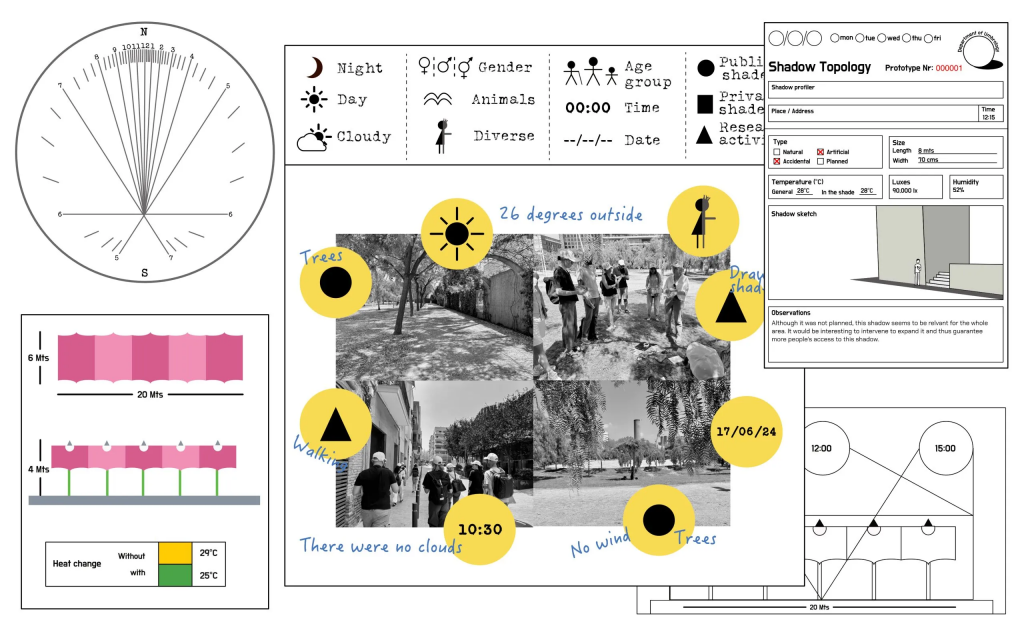
Conferencia #2
28 de agosto de 2025 | Fragmentos de una etnografía futura: Prototipos para un Departamento de Umbrología
Hora y Lugar
10:00-14:00, Unidad de Posgrado UNAM, Aula J-301
En esta conferencia quisiera poder hablaros de mi proyecto más reciente en curso, una colaboración con el Ayuntamiento de Barcelona que, en sus planes de adaptación climática, ha puesto de manifiesto la importancia del diseño de las sombras, convirtiéndolas en una Zona Crítica del cuidado urbano contemporáneo.
Concepto
En muchos lugares del mundo, el calor ha dejado de ser un evento meteorológico abstracto, recurrente o estacional. Las mutaciones climáticas del presente están alterando nuestras culturas climáticas, con efectos desiguales y devastadores, requiriendo innumerables exploraciones sobre cómo articular formas de vida futura más plurales y cuidadosas. En un momento en que los profesionales del diseño y las administraciones se esfuerzan por encontrar adaptaciones urbanas futuras, las personas que trabajamos en el ámbito de los STS con una perspectiva etnográfica también tenemos un importante papel que poder jugar. Sin embargo, esto puede requerir adaptaciones cruciales de nuestra práctica etnográfica.
Convencionalmente descrita como una práctica empírica, inmersiva y de naturaleza documental, con un objetivo descriptivo, hecha en el presente aunque atenta a las ramificaciones pasadas de los hechos observados, ¿cómo tomar en serio la necesidad de estudiar y de afectar al futuro del diseño urbano? En mi opinión, no sólo necesitaremos buenas descripciones, sino también una “etnografía futura”: con enfoques más prospectivos y especulativos, buscando afectar las sensibilidades de los profesionales del diseño urbano, para evitar que las llamadas a la acción desde el campo del diseño se impongan tecnocráticamente (es decir, sin considerar la multiplicidad de nuestras prácticas urbanas).
Como parte de un trabajo etnográfico en los últimos dos años acompañando iniciativas de diseño de sombras en el espacio público en Barcelona, he sentido la necesidad imperiosa de responder a los prototipos urbanísticos con el prototipado de un espacio etnográfico colectivo: el “Departamento de Umbrología” (https://umbrology.org/), una entidad ficcional inspirada en la investigación artística, que trata de contribuir a la futurización especulativa de nuestras formas de habitar cuidadosamente en entornos urbanos recalentados; y lo hace mediante dispositivos de campo etnográficos como talleres de co-creación, juegos observacionales, paseos experienciales y prácticas de dibujo atmosférico en las que no sólo describimos las ciudades de las sombras del presente. También tanteamos especulativamente fragmentos de una etnografía futura, sensibilizándonos a la importancia que tendrán las sombras en las transformaciones del cuidado urbano.
Referencias (para profundizar tras la conferencia, haré mención a argumentos que aquí aparecen)
- Criado, T. S. (2021). Anthropology as a careful design practice? Zeitschrift für Ethnologie, 145(2020, 1), 47-70.
- Criado, T.S. (2024). The City of Shades: Ethnography of Urban Habitability in Times of Climate Mutation. Tarde, a handbook of minimal and irrellevant urban entanglements, 6. URL: https://tarde.info/the-city-of-shades/
- Criado, T.S. (2024). Prototypes for a Department of Umbrology. Tarde, a handbook of minimal and irrellevant urban entanglements, 8. URL: https://tarde.info/prototypes-for-a-department-of-umbrology/
- Criado, T.S. (2025). La vida en la sombra. CCCB Lab, URL: https://lab.cccb.org/es/la-vida-en-la-sombra/
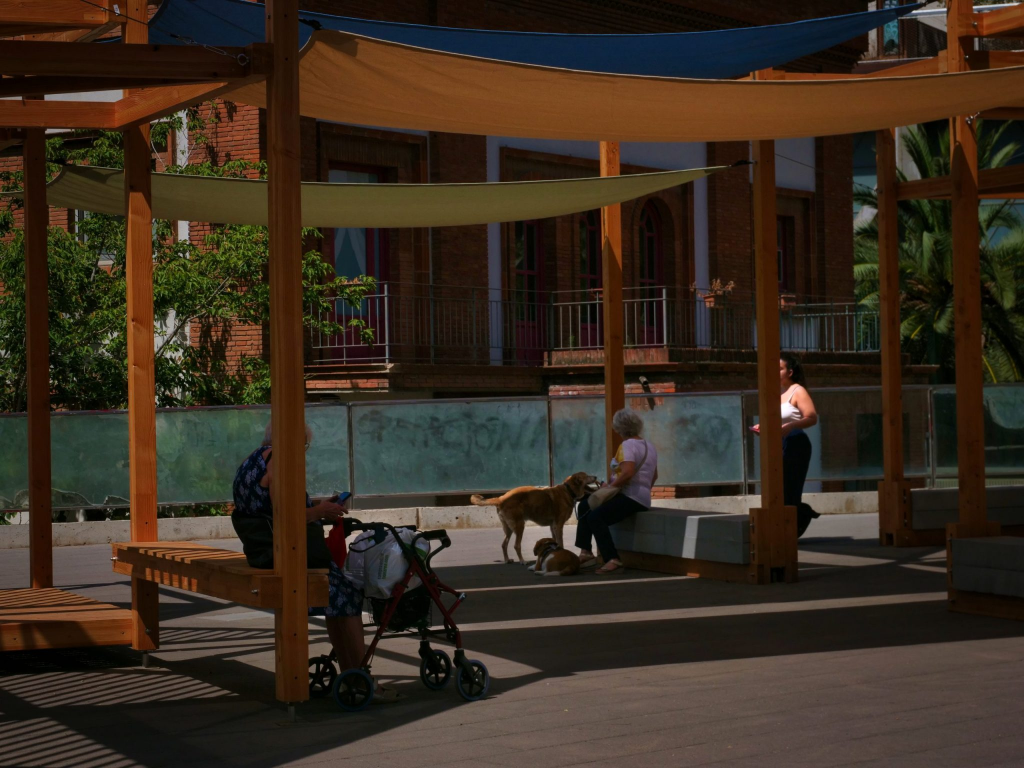
29 de agosto de 2025 | Taller: Dar cuenta de la invención etnográfica de proyectos del Laboratorio de STS la UNAM
Hora y Lugar
10:00-14:00, Facultad de Ciencias UNAM, Laboratorio de Estudios de la Ciencia y la Tecnología
Concepto
En esta sesión quisiera aprender de vuestra inventiva en los trabajos en curso del Laboratorio de STS de la UNAM y ayudaros a pensar cómo documentarla para que inspire a otras personas. Ese es el espíritu que anima la plataforma xcol, https://xcol.org/
Para el taller, me gustaría pediros que traigáis (1) un objeto (preferiblemente con presencia material densa, no sólo una foto en el móvil; si es una foto, por favor, imprimidla); (2) varias copias impresas con una ficha de 1 página, como las del inventario etnográfico, sobre vuestro propio proyecto. Para inspiraros, os dejo este pequeño ‘how to’ que quizá pueda orientaros: https://xcol.org/xposition/writing-inventions-a-how-to-guide-to-approach-the-description-of-field-devices/
Para nuestra conversación inicial, me gustaría usar un método peculiar, una adaptación del “Seminario a la carta” que inventamos en 2014 en unos encuentros entre científicas sociales y diseñadores. Se trata de un juego de cartas para seminarios de lecturas con una metodología igualitaria cuyas reglas podéis consultar aquí: https://workshopalacarte.wordpress.com/castellano/ En este caso, las lecturas serán vuestras fichas.
Lectura preparatoria
- Criado, T. S., & Estalella, A. (2023). Conclusion: Taking inventory. En T. S. Criado & A. Estalella (Eds.), An Ethnographic Inventory: Field Devices for Anthropological Inquiry (pp. 222-230). Routledge.
